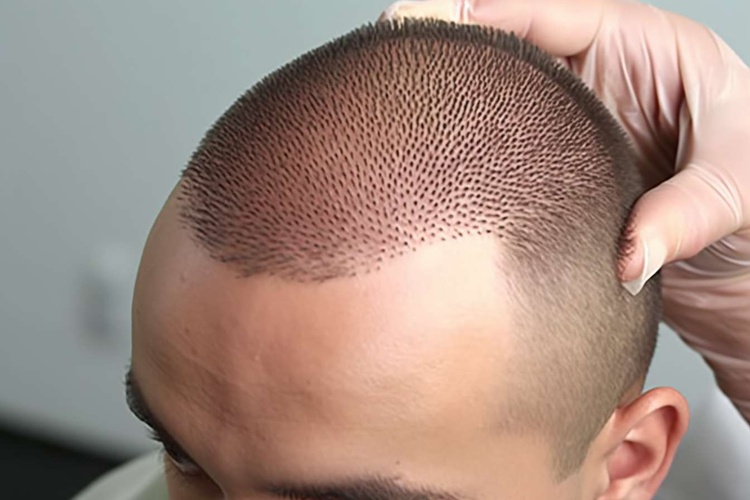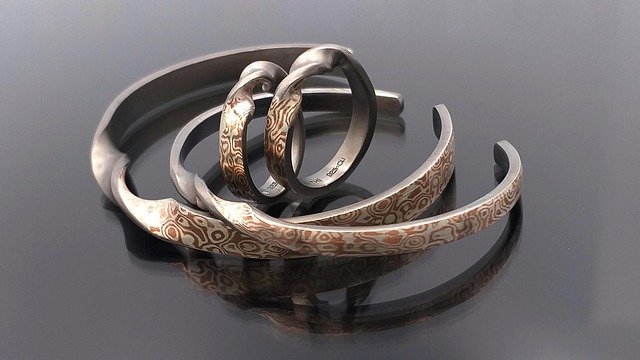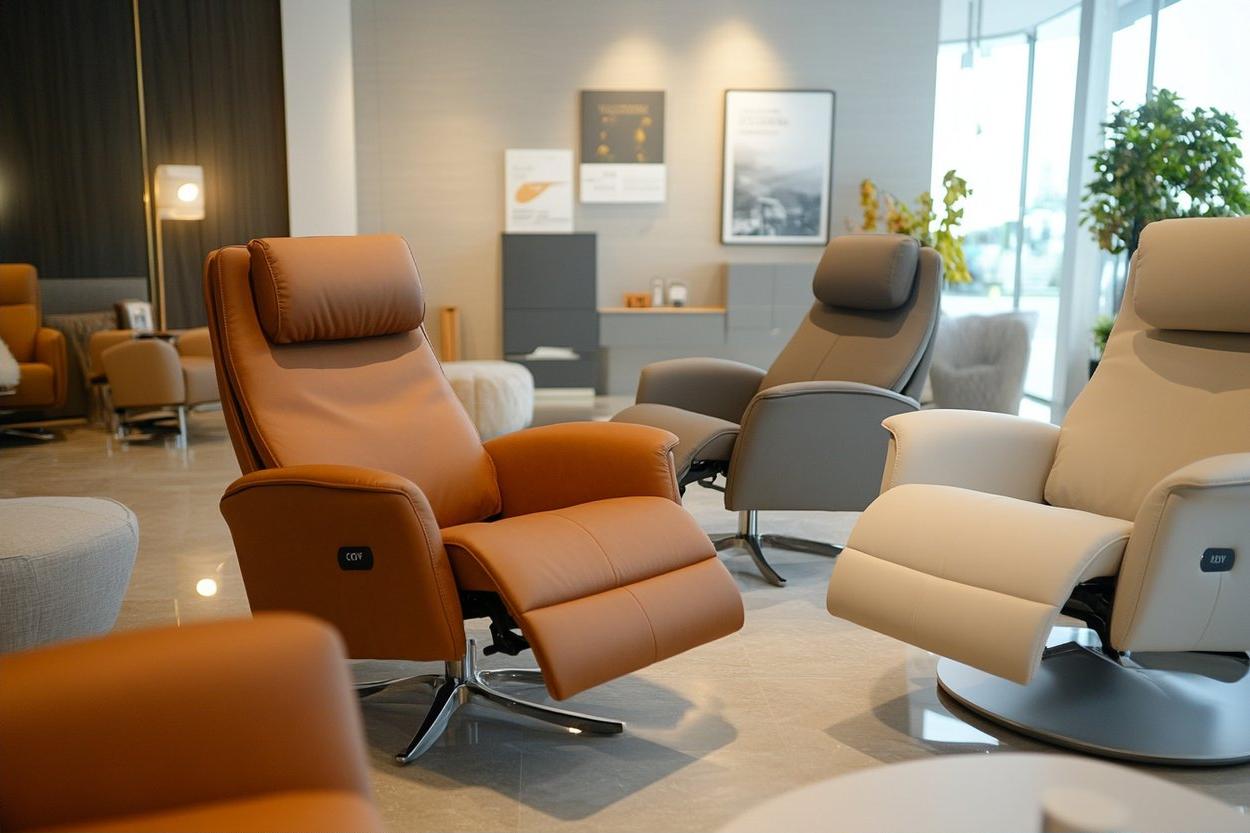Eyebrow Transplants: A Complete Guide to Restoration and Costs
Eyebrow transplants have emerged as a permanent solution for those seeking to restore or enhance their eyebrows. This advanced cosmetic procedure offers natural-looking results for individuals dealing with thin brows due to overplucking, genetics, medical conditions, or aging. Understanding the procedure, costs, and available options is crucial for making an informed decision about this increasingly popular treatment.

Eyebrow restoration through transplantation offers a permanent solution for those struggling with eyebrow hair loss. Unlike temporary fixes such as makeup or microblading, eyebrow transplants provide natural-looking, long-lasting results by relocating healthy hair follicles to the eyebrow area. Understanding the process, costs, and what to expect can help you make an informed decision about whether this procedure is right for you.
What Are Eyebrow Transplants and How Do They Work?
Eyebrow transplants are surgical procedures that involve harvesting hair follicles from a donor area, typically the back of the scalp, and implanting them into the eyebrow region. The procedure uses techniques similar to those employed in scalp hair transplantation, most commonly Follicular Unit Extraction (FUE) or Follicular Unit Transplantation (FUT). During FUE, individual hair follicles are extracted one by one using a specialized punch tool, while FUT involves removing a strip of scalp tissue containing multiple follicles. The harvested follicles are then carefully prepared and implanted into tiny incisions made in the eyebrow area at precise angles to mimic natural eyebrow hair growth patterns. The transplanted hairs initially shed within the first few weeks but then begin to regrow permanently within three to four months, with full results visible after approximately one year.
Who Is an Ideal Candidate for Eyebrow Transplantation?
Ideal candidates for eyebrow transplants are individuals in good overall health who have sufficient donor hair available on their scalp. This procedure is particularly suitable for people who have experienced eyebrow hair loss due to over-plucking, trichotillomania (compulsive hair-pulling disorder), alopecia, burns, scarring, or genetic factors resulting in naturally sparse eyebrows. Candidates should have realistic expectations about the outcomes and understand that transplanted scalp hair will continue to grow like scalp hair, requiring regular trimming. Individuals with certain medical conditions, such as uncontrolled diabetes, bleeding disorders, or active skin infections in the treatment area, may not be suitable candidates. A thorough consultation with a qualified cosmetic surgeon or dermatologist specializing in hair restoration is essential to determine candidacy and discuss personalized treatment goals.
What Does the Eyebrow Transplant Procedure Involve?
The eyebrow transplant procedure typically takes between two to four hours, depending on the number of grafts needed to achieve the desired fullness and shape. The process begins with the administration of local anesthesia to ensure patient comfort throughout the surgery. Once the donor area and recipient sites are numbed, the surgeon extracts individual hair follicles from the scalp using the chosen technique. These follicles are then meticulously sorted and prepared under magnification to ensure viability. The surgeon creates tiny recipient sites in the eyebrow area, carefully considering the natural direction, angle, and pattern of eyebrow hair growth. Each follicle is then implanted into these sites using fine instruments. The precision required during this step is critical to achieving natural-looking results. After the procedure, patients may experience mild swelling, redness, and crusting around the transplanted area, which typically resolves within a week. Most individuals can return to normal activities within a few days, though strenuous exercise should be avoided for at least two weeks.
Understanding Eyebrow Transplant Costs and Pricing
The cost of eyebrow transplants varies significantly based on geographic location, the expertise of the surgeon, the number of grafts required, and the technique used. Understanding these financial considerations is essential for planning purposes.
| Provider Type | Location Example | Estimated Cost Range |
|---|---|---|
| Specialized Hair Restoration Clinics | United States | $3,000 - $8,000 |
| Cosmetic Surgery Centers | United Kingdom | £2,500 - £6,000 |
| Medical Tourism Destinations | Turkey, Mexico | $1,500 - $4,000 |
| Private Dermatology Practices | Australia, Canada | $4,000 - $9,000 |
Prices, rates, or cost estimates mentioned in this article are based on the latest available information but may change over time. Independent research is advised before making financial decisions.
The number of grafts needed typically ranges from 50 to 400 per eyebrow, with most patients requiring between 200 to 400 total grafts for both eyebrows. Factors influencing cost include the surgeon’s reputation and experience, facility fees, anesthesia costs, post-operative care, and follow-up appointments. Some clinics offer financing options or payment plans to make the procedure more accessible. It is important to prioritize surgeon qualifications and patient safety over cost alone, as choosing an inexperienced practitioner to save money can result in unsatisfactory outcomes or complications.
Recovery and Aftercare Expectations
Proper aftercare is crucial for optimal healing and successful graft survival. Immediately following the procedure, patients receive detailed instructions on how to care for the transplanted area. This typically includes keeping the eyebrows dry for the first few days, avoiding touching or scratching the area, sleeping with the head elevated to minimize swelling, and applying prescribed antibiotic ointments to prevent infection. The transplanted hairs will shed within two to three weeks, which is a normal part of the healing process. New hair growth begins around the three-month mark, with continued improvement over the following months. Since the transplanted hairs originate from the scalp, they will grow longer and may require regular trimming every few weeks to maintain the desired eyebrow shape. Patients should also be prepared for the texture of the transplanted hair to differ slightly from native eyebrow hair, though skilled surgeons select donor hairs that closely match eyebrow characteristics.
Potential Risks and Considerations
While eyebrow transplants are generally safe when performed by qualified professionals, potential risks include infection, scarring, poor graft survival, unnatural appearance if improperly placed, and the need for touch-up procedures. Some patients may experience temporary numbness or altered sensation in the treated areas. Choosing a board-certified surgeon with extensive experience in eyebrow transplantation significantly reduces these risks. During the consultation phase, discuss your medical history, current medications, and any concerns to ensure the procedure is appropriate for you. Viewing before-and-after photos of previous patients can also help set realistic expectations about potential outcomes.
This article is for informational purposes only and should not be considered medical advice. Please consult a qualified healthcare professional for personalized guidance and treatment.
Eyebrow transplants offer a permanent solution for individuals seeking to restore fullness and definition to their eyebrows. By understanding the procedure, candidacy requirements, costs, and recovery process, you can make an informed decision about whether this treatment aligns with your aesthetic goals and budget. Thorough research and consultation with experienced professionals are essential steps toward achieving natural-looking, satisfying results.




